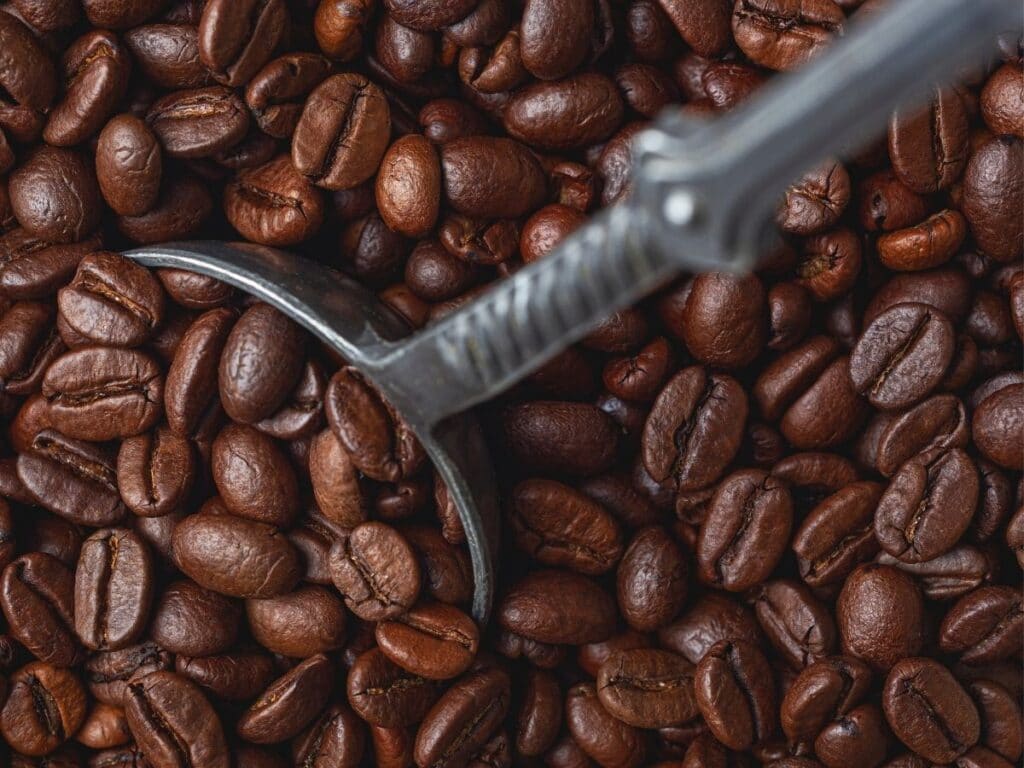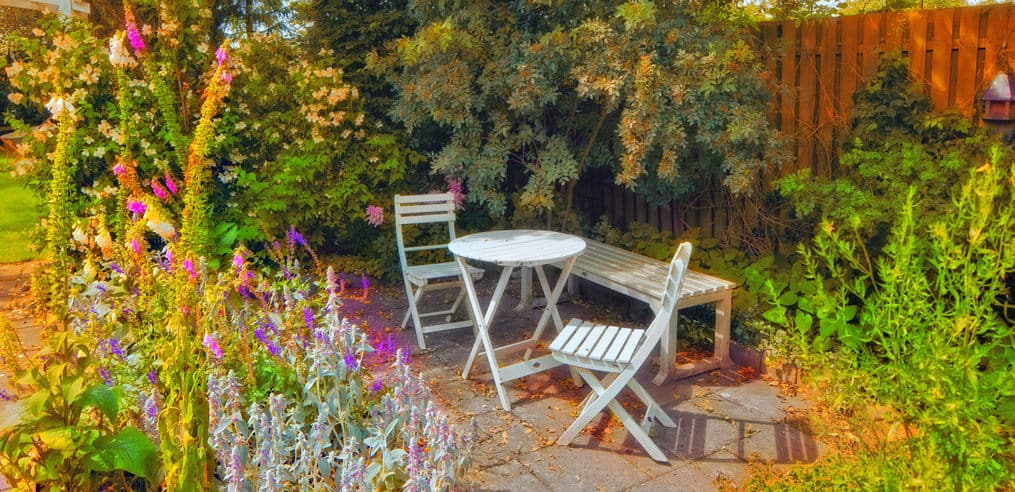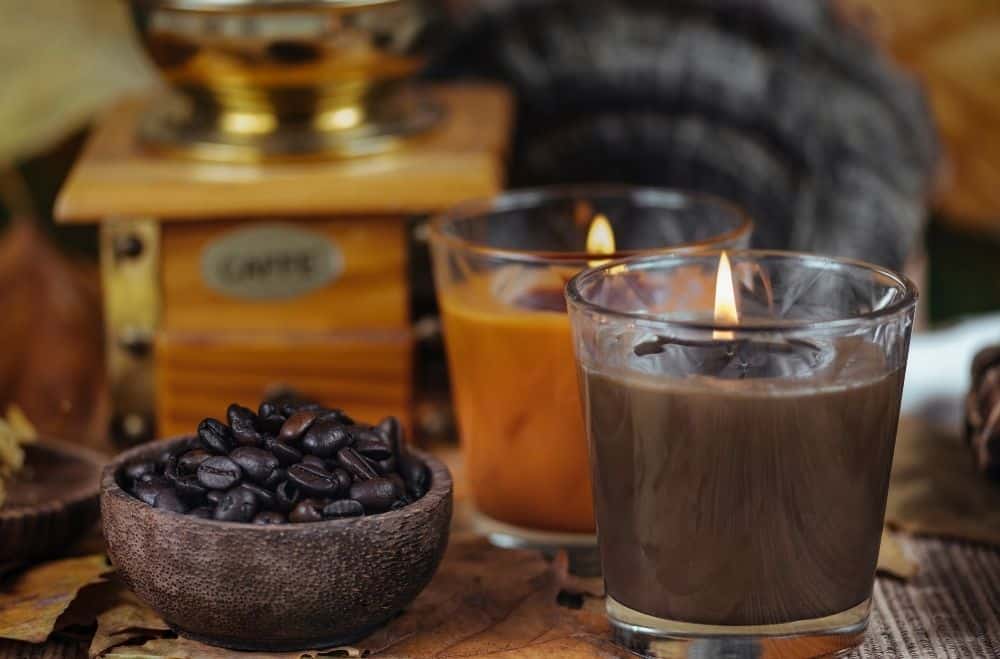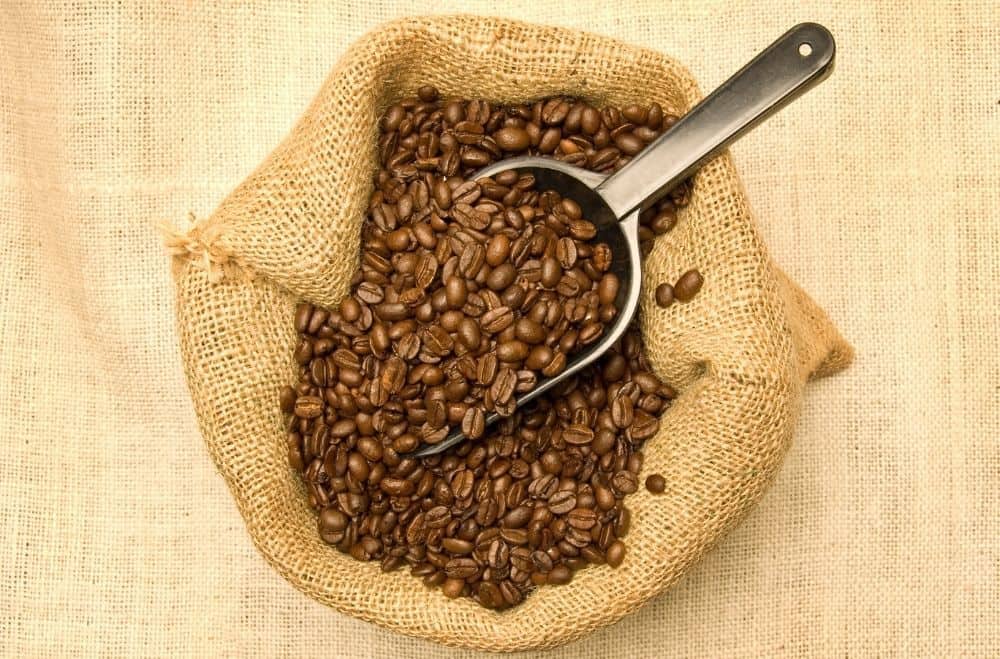Coffee beans are more than just the seeds of the coffee fruit; they’re versatile ingredients that can enhance your daily life in unexpected ways. If you’re a coffee enthusiast looking to branch out from your usual brewing routine, exploring alternative uses for coffee beans might be the refreshing twist you’re seeking. With their rich aroma and various flavors, coffee beans can be used in a myriad of creative and practical applications.

The range of coffee bean varieties, each with its unique profile, opens up a world of possibilities beyond the cup. Whether you’re interested in homemade crafts, culinary experiments, or natural home remedies, coffee beans can play a central role. From crafting personalized gifts like coffee-scented candles to experimenting with coffee-infused recipes or even using them in your garden, the potential uses for coffee beans can cater to a wide array of interests and hobbies.
Understanding Coffee Beans
Before you can enjoy a delicious cup of coffee, you need to know the essentials about coffee beans, how to store them, and the brewing techniques that bring out the best in your cup.
Basics of Coffee Beans
Coffee beans are the seeds of the coffee fruit, often called cherries. Each cherry typically contains two beans. Specialty coffee beans are prized for their unique flavors and characteristics, which can range from fruity to nutty, depending on their origin and processing. The caffeine content in the beans is what gives your cup of coffee that energizing effect.
Storing Coffee Beans
To keep your coffee beans fresh and full of flavor, proper storage is crucial. Store your whole coffee beans in an airtight container at room temperature. Avoid direct sunlight, as it can accelerate the aging process. Placing beans in the refrigerator or freezer can lead to moisture and odors affecting the taste. Always remember, fresh is best, so only buy what you’ll use within a few weeks to prevent having old coffee beans that can become stale.
Brewing Techniques
When brewing, the method you choose affects the taste and quality of your cup of coffee. Brewing techniques vary widely, from the quick drip method in most coffee shops to the slow and flavorful cold brew. Here’s a quick guide to some popular methods:
- Drip Brew: Good for a clean, consistent cup. Use 2 tablespoons of coffee for every 6 ounces of water.
- French Press: Ideal for a richer, full-bodied flavor. Steep for 4 minutes before plunging.
- Espresso: A concentrated shot of coffee, perfect as a base for other drinks.
- Cold Brew: Steep coarsely ground beans in cold water for 12-24 hours for a smooth, less acidic beverage.
Coffee Beans in the Kitchen
Expanding the use of coffee beans beyond your morning cup can transform your cooking experience. You’ll discover how to repurpose coffee beans and grounds to add rich flavors to savory and sweet dishes.
Cooking with Coffee Beans
Steak Rub: You can create a robust dry rub by coarsely grinding coffee beans and mixing them with brown sugar, coarse salt, and spices like paprika and garlic powder. This combination, when rubbed on a steak, imparts a smoky, deep flavor that’s truly unparalleled.
Enhanced Flavor Profile:
- For chicken, consider using finely ground coffee as part of a marinade. Combine the grounds with ingredients like olive oil, garlic, and your choice of herbs to infuse the chicken with a unique, aromatic flavor.
- When caramelizing onions, adding a teaspoon of finely ground coffee during the cooking process can introduce a complexity of flavor that compliments the onions’ natural sweetness.
Coffee-Infused Recipes
Desserts:
- Coffee Brownies: To give an irresistible twist to brownies, fold in a tablespoon of fine espresso grounds into your batter. The coffee intensifies the chocolate flavor, making each bite rich and decadent.
- Coffee Glaze: Whip up a simple glaze with powdered sugar, brewed coffee, and a touch of vanilla for drizzling over cakes or pastries.
Repurposing Coffee Grounds: Don’t throw away your used coffee grounds! Repurpose them in cooking to add depth to a variety of dishes. For instance, mix grounds into a dry rub or add them to a pot of chili for an unexpected flavor boost. Always use grounds sparingly to avoid overt bitterness.
Coffee Beans for Home and Garden

Using coffee beans in your home and garden can enrich your compost with nitrogen and use the natural abrasive texture of the beans to deter pests. Coffee grounds are especially beneficial for acid-loving plants like roses and hydrangeas.
Natural Fertilizer
Coffee grounds make excellent natural fertilizer because they contain several key nutrients required for plant growth. These include nitrogen, phosphorus, potassium, and magnesium. To use coffee grounds as fertilizer, simply sprinkle them directly onto the soil surrounding your plants or add them to your compost bin to enhance its nutrient value.
- For roses: Mix grounds into the soil at the base of the plant to promote vibrant blooms.
- For hydrangeas: Use grounds to influence flower color, enhancing the blue hue due to the increased acidity.
Incorporate into your gardening routine by using in moderation; too much can harm your plants due to high caffeine content.
Pest Control
Coffee grounds can also help manage pests in your garden due to their abrasive and acidic nature. Here’s how you can use them:
- Fleas: Scatter grounds in areas where you suspect flea activity to deter them.
- Slugs and Snails: Create barriers with coffee grounds around your garden beds. These critters avoid the rough texture.
- Ants: Sprinkle grounds on ant hills or around your home’s foundation to interfere with their scent trails.
While not a guarantee, many gardeners find the insect repellent properties of coffee grounds to be an effective part of their pest management strategy.
Creative Uses and DIY Projects
Discover innovative ways to transform coffee beans into delightful creations and eco-friendly solutions for your home and self-care regimen.
Coffee-Based Beauty Products
Repurpose used coffee grounds into nourishing beauty treatments. Combine coconut oil and coffee grounds for a DIY coffee scrub that exfoliates your skin, improving circulation and potentially reducing the appearance of cellulite. The natural abrasiveness of the coffee grounds makes for an effective skin exfoliant, while coconut oil moisturizes and boosts collagen production, leaving your skin smooth and rejuvenated.
| DIY Beauty Recipe | Ingredients | Benefits |
|---|---|---|
| Coffee Body Scrub | Coffee grounds, coconut oil | Exfoliation, moisturizing |
| Coffee Face Soap | Coffee grounds, soap base | Cleansing, exfoliation |
Homemade Coffee Crafts

Unlock your creativity by incorporating coffee beans into various crafts. Coffee beans can be used to create coffee candles, filling the room with a warm, rich aroma. They also serve as a natural odor neutralizer. For woodcraft, coffee grounds offer a natural solution to hide scratches on furniture by staining the scratches to match the darker wood tones.
- Coffee Candles: Embed coffee beans in the wax for a dual function of aesthetic and fragrance.
- Furniture Scratch Remedy: Rub wet coffee grounds onto scratches, let sit, then buff out for a color-match fix.
Environmentally Friendly Practices
Your coffee beans can play a part in your journey to sustainability by serving as a fabric dye or natural dye for craft projects, giving fabrics a unique earthy tint without the use of harsh chemicals. As an air freshener, simply place dried coffee beans in a bowl to absorb and neutralize odors.
- Fabric Dye: Simmer fabric with coffee grounds to achieve a vintage look.
- Recycling Old Beans: Mix cooled, unused coffee grounds into soil as a fertilizer, reducing waste and improving garden health.
By creatively recycling and repurposing coffee beans, you make a positive impact on the environment while enjoying a range of homemade products that bring a touch of personal craftsmanship into your daily routine.
Frequently Asked Questions

Discover new and exciting ways to use coffee beans beyond your regular brew with these common queries.
How can I use coffee beans to make cold brew at home?
To make cold brew, steep whole coffee beans in cold water for about 12 to 24 hours. The longer the beans steep, the stronger the flavor. Strain the mixture, and enjoy it cold or over ice.
What are some creative ways to reuse old coffee beans?
Old coffee beans can be used as a natural deodorizer in your refrigerator or as an abrasive for cleaning cookware. They’re also great for crafting homemade candles or soaps, adding a touch of coffee fragrance.
What’s the best way to grind coffee beans for a fresh cup?
For a fresh cup of coffee, use a burr grinder to grind your beans right before brewing. A medium grind works well for drip coffee makers, while a fine grind is ideal for espresso.
Can I add coffee beans to my garden, and if so, how?
Yes, coffee beans can be added to your garden. Use them as a mulch around acid-loving plants or compost them to enrich the soil with nutrients.
Are there any innovative decor ideas using coffee beans?
Coffee beans can be used to fill vases or bowls for a visually appealing centerpiece. They can also be layered in glass jars or scattered around candles for a warm and inviting scent.
Besides drinking, what unique recipes can I make using coffee beans?
Include coffee beans in your cooking to create rich, complex flavors. Grind and add to chocolate desserts for depth or infuse beans in oils for a unique salad dressing or marinade.
